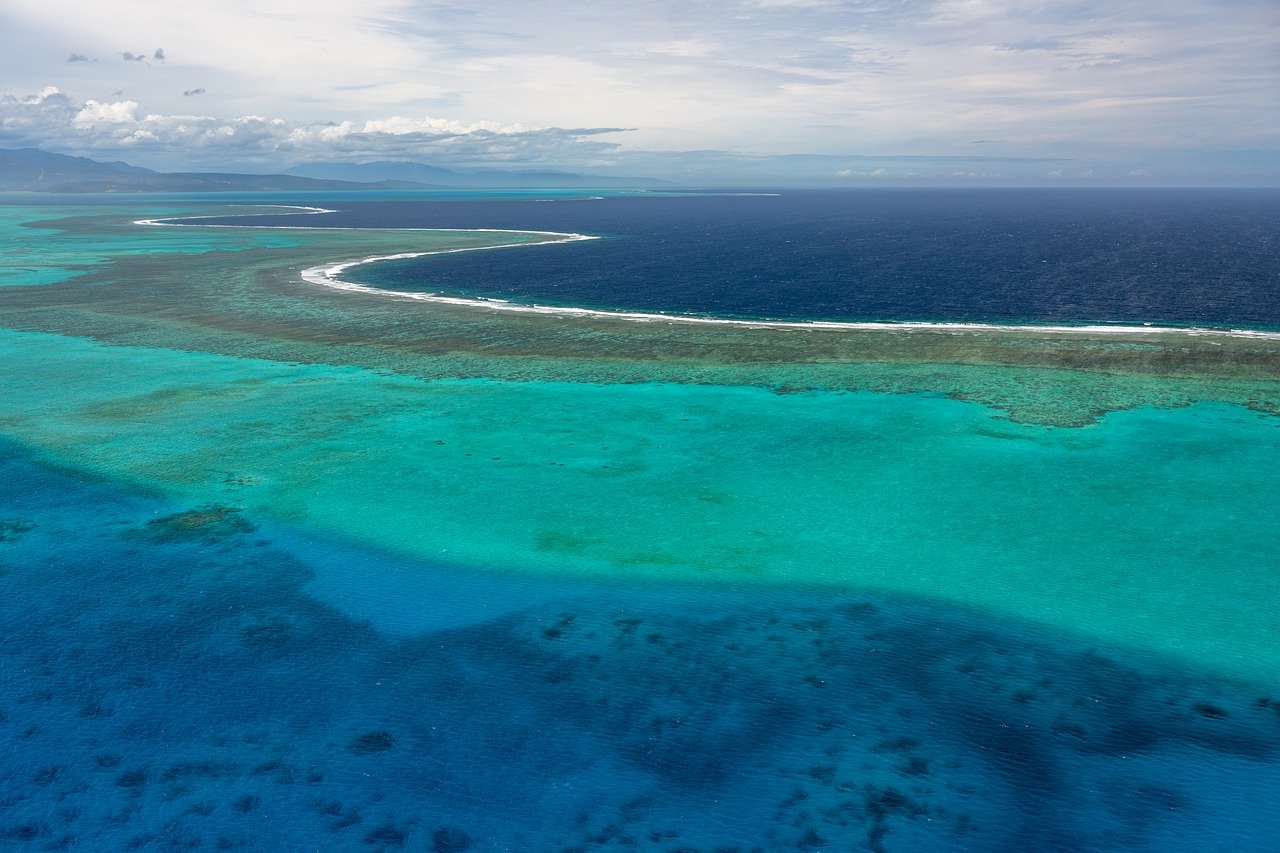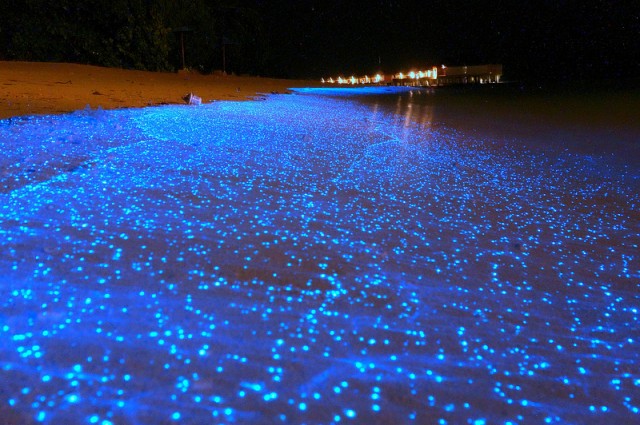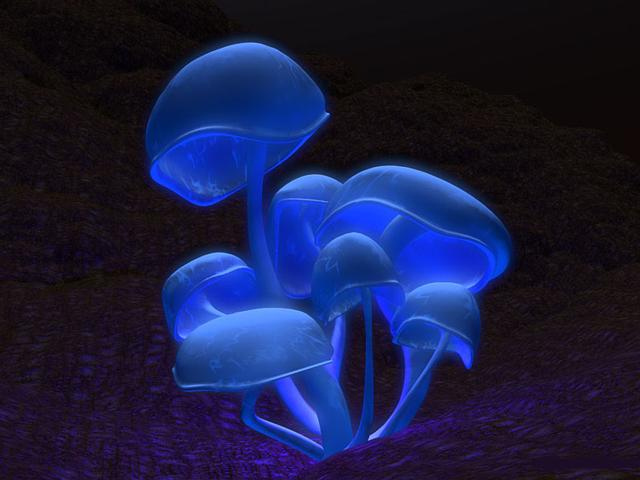
Lesser known secrets and facts about the Oceans
The earth’s surface is covered by a large water body which is the ocean. Ninety-five percent of the ocean remains unexplored and with it a lot of natural features and creatures. Scientists and researchers have been endeavoring to map the ocean floor and study the creatures found in the depths. However, there have been some fascinating discoveries which have shed light on the facts about the oceans.
90% of the earth’s volcanic activities happen in the ocean
There are multiple active volcanoes under the sea and they keep erupting creating new pieces of land. Most eruptions are unseen and most volcanoes are common on the tectonic plate boundaries. Because they are under the sea, one can’t see the magma or ash, but these eruptions constantly reshape the earth’s structure. When hot magma reaches the seafloor, it cools and solidifies to form basaltic rock. This rock forms most of the ocean’s crust. Continuous volcanic activities can also create underwater mountains – seamounts or islands if they breach the surface. So even if humans can’t see, the earth is changing.
Marlin and swordfish are the fastest fish
Marlin’s are prized for gaming as they are quite fast and difficult to catch. Swordfish and marlin are one of the fastest fish in the ocean and are quite strong as well. Marlin’s are known to move at almost 80 to120 km per hour. To compare that, we have a cheetah that can move at 58 km per hour. So, the fish is faster than a leopard, imagine the speed at which they move. The swordfish is known to have a speed of 60 to 64 km per hour and are so quick that if you don’t catch them properly, they will give you the slip.
The deepest point of the ocean has more than 11000 tons per sq ft of pressure
Another interesting facts about the oceans is that as we descend into the ocean, the water pressure increases and the deepest part of the ocean has more than eleven thousand tons of pressure. If you don’t understand what it means, imagine one person holding up 50 jumbo jets, that’s the kind of pressure you need to deal with. Humans cannot survive down there without special equipment.
Sea coral can produce their own sunscreen
Pollution, acidity, temperatures and humans are threatening the world’s corals. However, they have their own defense against the sun – sunscreen. Corals in the Great Barrier Reef have developed a natural sun protection method to protect themselves from harmful UV rays. Coral has a symbiotic relationship with algae – one of the most unique plants inside the ocean. Photosynthesis is used by algae to make food for corals and the waste from corals is used for photosynthesis by algae. Sunlight is essential for photosynthesis and hence coral must live in shallow water, being exposed to sunburn. These algae, living within the coral makes a compound to protect themselves from the sun and hence the natural sunscreen!
The longest mountain chain on earth is under the ocean
You may not have heard of the mid-ocean ridge, but it is the longest mountain range on earth and it is almost fully underwater. Valleys and mountains criss-cross across the globe as tectonic plates move and underwater volcanoes release magma. Spanning a distance of 40,000 miles, the ridge is on the border of all oceans. In some places, like Iceland, the ridge rises above ground and forms a few dozen islands in its path.
The ocean is the largest source of oxygen
The plants and trees on earth produce oxygen for animals and humans to survive, but the surprising fact is that at least half of the earth’s oxygen production comes from the ocean. Some researchers tag this number higher at 70-80%. How does this happen? The majority of oceanic oxygen is produced by plankton – small plants that can drift in the water and also perform photosynthesis. Oxygen is a byproduct of photosynthesis. This small plant can produce more oxygen than all of earth’s rainforests! Isn’t it an interesting facts about the oceans.
A large waterfall exists under the ocean
Do you know this facts about the oceans that the largest waterfall on earth is surprisingly under the ocean. But how could waterfall exist inside water? An undersea waterfall – the Denmark Strait Cataract, in the Atlantic Ocean, falling from a height of 11,500 feet exists below the ocean and is no less than a natural wonder. It is formed because of the density of water mass on each side of the Denmark Strait. The western side is warmer than the eastern side, causing the cool, dense water to flow downwards, below the warm water. This activity looks like a waterfall as the water is flowing over the ridge of the cataract.
There are more than 25000 islands in the Pacific Ocean
The Pacific Ocean has the deepest ocean basin and around 25000 islands can be found here. The number is inclusive of high and low islands – that is islands above water and islands of coral origin. The largest is the island of New Guinea, the second largest island after Greenland. All the islands are divided into three groups – Polynesia, Melanesia and Micronesia. The high islands are volcanic in origin and also have volcanoes on the surface. The Pacific ocean is quite hugs and holds so many amazing features – one of which is the sheer number of islands it holds.




